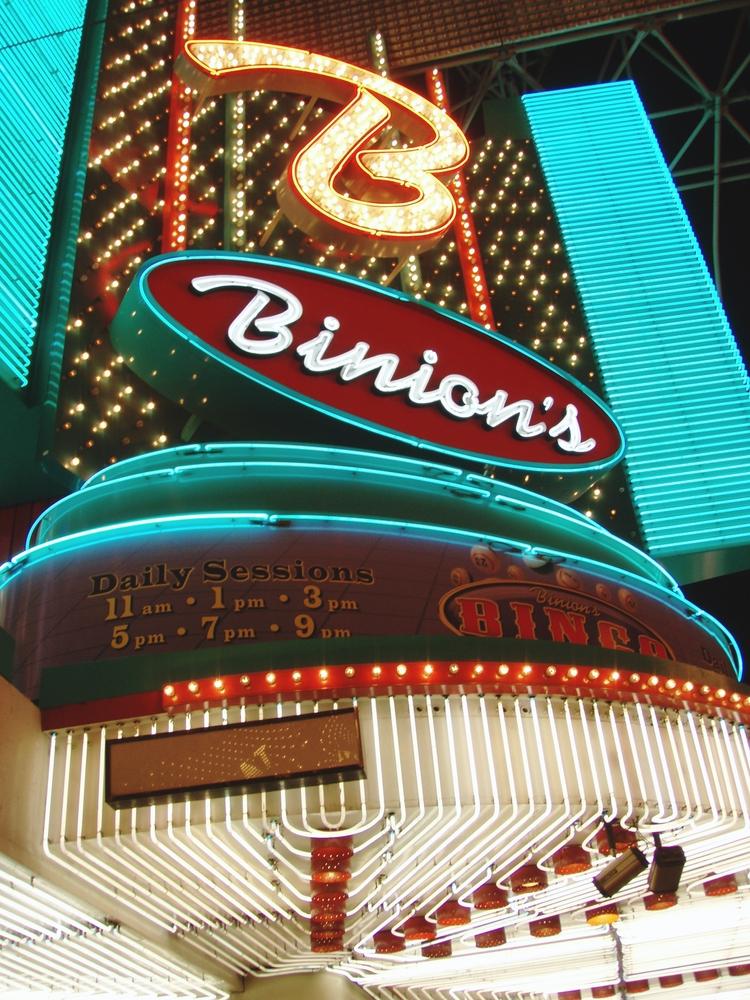Everyone loves an exciting tale of buried treasure involving pirates and outlaws, and many of those tales are true. Even better, quite a few are said to be awaiting discovery in the United States. Some treasures, such as the fabled Lost Dutchman Mine, have been lost for centuries, while others have a more recent chronology.

Casino Cash
Ted Binion was the son of Benny Binion, owner of Binion’s Horseshoe, a Las Vegas casino. In 1964, Ted Binion and his brother took control of the casino after their father lost his gaming license because of a conviction on tax evasion charges. Over the following 30 years, Ted Binion became the face of the Horseshoe, but in 1986, he was arrested on drug trafficking charges; in 1996, the Nevada Gaming Control Board banned him from the casino.Included among the items that Mr. Binion removed from the casino was his personal hoard of silver, reportedly consisting of up to 24 tons of silver bullion, as well as rare coins and paper currency. All of this was moved to a 12-foot-deep bunker constructed on the 138-acre ranch that he owned in the desert near the town of Pahrump, 60 miles west of Las Vegas. When Mr. Binion died in 1996, a large portion of his fortune was recovered—but not all of it. A reportedly sizable amount is said to still be somewhere on the ranch, which now lies in the shadow of a Walmart. Various law enforcement agencies as well as several former ranch workers have attempted to find the balance of Mr. Binion’s treasure, but so far, the actual location remains a mystery.

Stagecoach Robbery
What is now the Portneuf Wildlife Management Area in East Idaho is said to be the location of millions of dollars’ worth of gold stolen during an armed robbery of a stagecoach. In 1865, the Picket Coral Gang—led by outlaws Brockie Jack and Jim Locket and including Big Dave Updyke, the Ada County sheriff—attacked the stagecoach when it slowed to cross a stream in a canyon aptly named Robber’s Roost. After a fierce gun battle, the robbers left with up to 800 pounds of gold. The outlaws were subsequently hunted down, but none was carrying any of the treasure, or willing to give up where it was hidden. Experts believe that the gold is still stashed somewhere within 15 miles of the robbery site, or possibly in the area now encompassing the City of Rocks National Reserve.
Spanish Treasures
It’s clear that the American West is home to many lost treasures. Another is said to have been left behind by Spanish explorer Francisco Vázquez de Coronado as he searched for the fabled city of Cíbola. While the expedition rested in what’s now Oklahoma, Vázquez decided to leave a sizable amount of gold that he had amassed along the way near Standing Rock on the north bank of Piney Creek by present-day Lake Eufaula. The men reportedly left markers to ease later recovery of the gold, in the form of a carved turtle and a triangle on Standing Rock. A gold bar was said to have been found in the area in the 1950s, but the main cache has yet to be located.

Another lost treasure related to Spanish explorers is the Old Spanish Treasure Cave in Arkansas’s Sulphur Springs. The legend claims that the Spanish took shelter in the cave to rest after traveling north from South America, where they had battled with and stolen treasure from Mayans and Aztecs. Local Indian tribes attacked and killed all of the Spaniards except one, who managed to return to Spain with a map of the treasure’s location. In 1885, a traveler from Madrid, armed with a map found in his family’s Bible, found a cavern matching the location of the treasure. A few gold coins, some jewelry, and several carvings on the cave’s wall were discovered, but subsequent cave flooding has prevented more from being found. The current owner of the property hopes that the treasure will be discovered and now hosts movie nights in the cavern.







